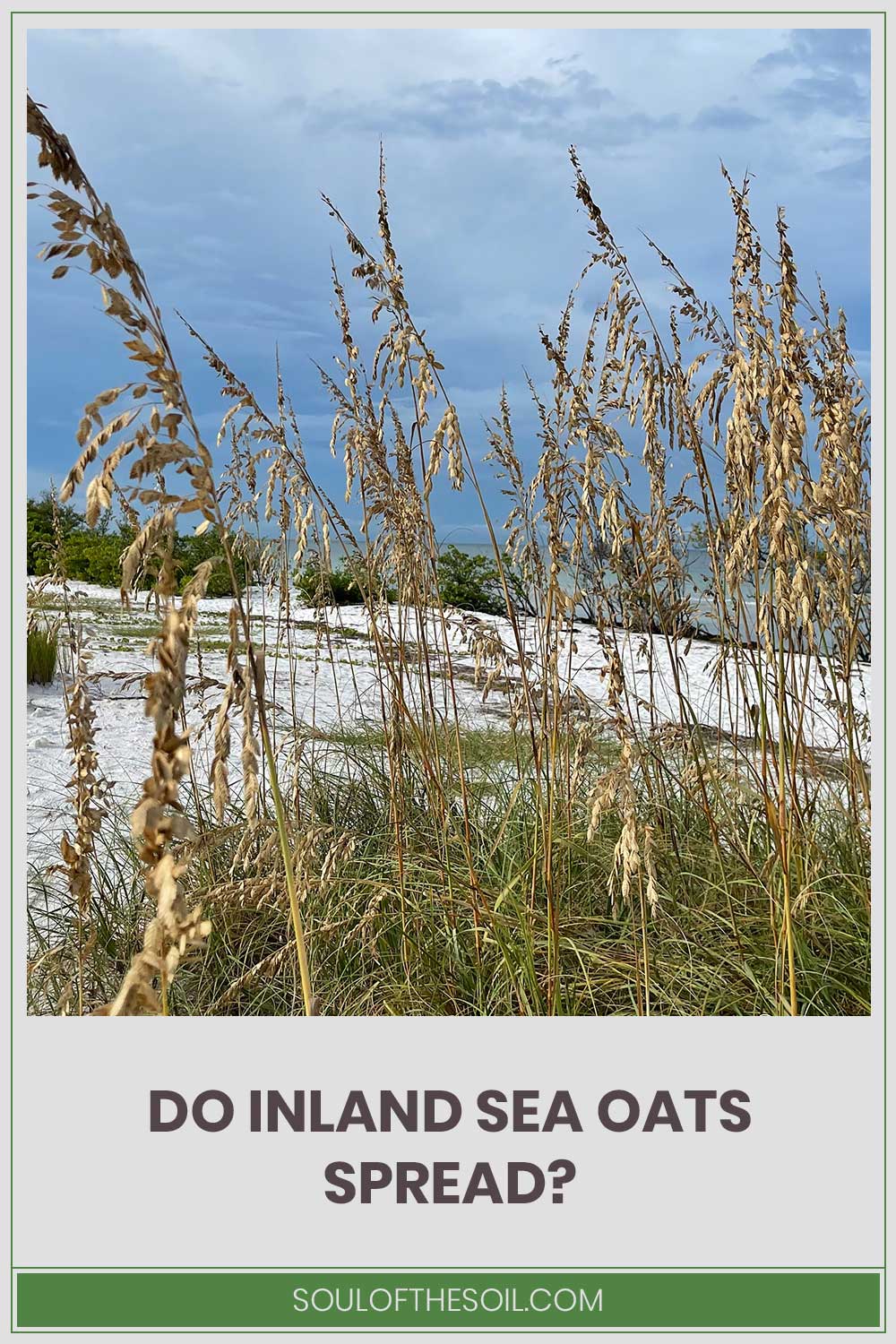Do Inland Sea Oats Spread?
We may earn commissions for purchases made through links on our site. Learn more on our about us page.
Like weed-classified species, this is an aggressive spreading plant that can take over a small garden if you are not careful.
Also known as River Oats, this plant is a clump-forming, upright-standing grass that can reach heights of two or five feet tall, even some sea species that reach a dozen feet in length.
At the top of the bamboo-like stem are flat-head seedlings, which will self-seed and spread aggressively with the right conditions.
Homeowners or landscapers will want to utilize these grasses when moist to wet but well-drained soils that get a combination of both shade and sun. In this article, we will share knowledge on this easy-to-grow grass.

How Fast do Inland Sea oats Spread?
Certain species of these shade-loving grasses will find the right areas to spread easily and effectively, but generally, these plants will be considered low-maintenance and easy to grow.
However, not all areas will give the inland sea oats the right conditions for aggressive growth, as a garden bed does.
For the most part, these grasses will be tolerant of a wide variety of soils, even going into poorly drained areas around pools and standing water.
For the most part, gardeners will describe the inland sea oat as an aggressive growing plant, but the speed at which this grass spreads depends on the conditions.
Are Inland Sea Oats Invasive?
Invasive species refers to a plant that comes from another place of origin and overtakes the natural plant or wildlife. For example, when it comes to the Inland Sea Oats grasses, they come from the middle of America near the gulf coast, reaching upwards of the Virginia coast.
These types of plants are known to catch the wind and spread quickly, even tolerating the sea salt waters and surrounding soils. Where the plant can be considered invasive is how it attacks root systems if seeds yield growth.
Otherwise, these grasses can be easily contained within reasonable restrictions, and you just need a green thumb and a steady watch.
Can you Prevent it from Spreading?
As mentioned before, seasoned gardeners and landscapers will have techniques that can contain grass in certain lawns or garden areas.
Of course, nature also has its ways of preventing the spread of the seeds as they are favorites of smaller birds and mammal wildlife.
Then you have the four-legged herbivores that will take a chop out of these tasty grasses, which should be kept up the sleeve as an ace in case spreading needs to be contained.
Consult the Hardware store experts, the local gardeners, and florists, and then put a plan together to contain your Inland Sea Oats plant.
How Much Does It Take Inland Sea Oats to Create a Colony?
These grasses are naturally clump-forming, which takes only a few growing seasons to form colonies. Therefore, depending on the purpose of planting the Inland Sea Oats, the colonies of grasses could begin growing together as soon as a second growing season.
These colonies are generally used when concerning feed for cattle or other livestock, which refers to large patches of grass designated as food.
Of how various this plant grows, it’s no wonder that farmers use it as a common crop in the southeastern regions of the United States.
What are Inland Sea oats Good for?
Since these grasses grow quickly, offering a farmer multiple cuts in one year can be used for feeding hay mixtures for horses and livestock. These are also very nice shorelines that feature those border waterways with natural colors and styles.
One idea for these tall grasses would be to help keep dunes solid in beach regions but also as blinds around lakes for private romantic moments.
This is a versatile grass that, as with many applications, just takes a certain amount of creativity and imagination. Check-in with your local florist or gardener for more ideas.
Final Thoughts on Do Inland Sea oats Spread
As with most fast-growing grasses, these offer a chance for haymaking or even fields for which cattle to graze.
The tall stems and natural clumping make this grass ideal for keeping soil together with strong root systems, but it also has a unique ability to act as a blind for those enjoying a private lake.
Seeds are not hard to obtain, for most of the natural grasses easily release their seeds and can be found along creeks and riverbanks, if not on beaches near oceans. There is also the option of purchasing from most retail sites online or in-store in most hardware stores.



Leave a Reply
You must be logged in to post a comment.